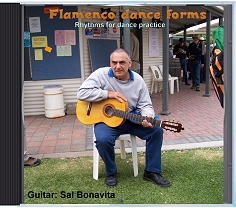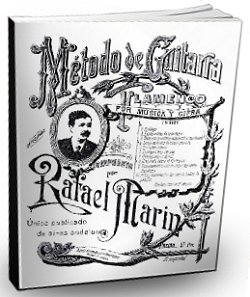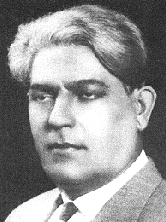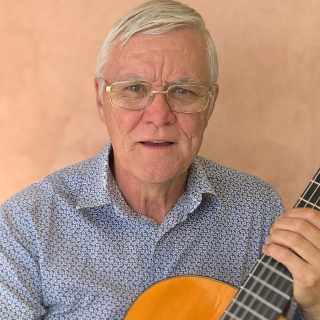| More | |
|
João Pernambuco (1883-1947)
J. Texeira Guimaraes was born in Jatoba, Pernambuco in Brazil. After his mother death in 1904, he moved to Rio de Janeiro where he used to tell stories about his home state, and that made him be known as João Pernambuco. João Pernambuco was an important Belle Époque composer of seminal choros, and also of jongos, valses, toadas, and canções. In spite of his illiteracy having left him in the less scrupulous hands of partners who robbed several important compositions of his, his memory was preserved and his authorship has been recovered. He is getting closer to getting the attention he deserved when he was alive, having his works extensively recorded by major names such as Turíbio Santos, one of the most important classical violonistas of Brazil.
The son of a poor family in upcountry Brazil, he began to learn the viola at an early age with low-life cantadores of the streets and popular fairs of the northeast and, at 12, was already playing at parties. After his parents' demise, he moved to Recife PE, working as a blacksmith and in several minor jobs. In 1902, he moved to Rio, where he worked as a hand laborer, continuing to play and compose. As an illiterate musician, he used to give his compositions for others to write, and that way several were stolen from him. With Catulo da Paixão Cearense, he began a partnership with "Engenho de Humaitá" (written in 1911, it would be transformed into "Luar do Sertão," the unofficial Brazilian anthem of tremendous importance, credited only to Catulo and only recently properly acknowledged as Pernambuco's composition).
Another toada, "Caboca di Caxangá" (a big hit in 1913's Carnival), followed the same fate. But the association with Catulo also provided him with access to the high bourgeoisie and intelligentsia, at whose soirées Pernambuco began to play, he even performed with Afonso Arinos and Rui Barbosa. His conception and creation of Grupo de Caxangá was hugely successful, with the group (which counted with Pixinguinha and Donga, among others, and introduced northeastern percussion and culture in southeast) was extremely popular between 1914 and 1919. Villa-Lobos, knowing of his problems with stolen songs, proposed himself in good faith to register and transcribe several of his songs, which he did. Pernambuco also participated with Pixinguinha's Os Oito Batutas and Os Turunas Pernambucanos. With Donga and Pixinguinha, he toured Brazil commissioned by Arnaldo Guinle, collecting Brazilian folkloric music. As a violonista, he recorded for the first Brazilian-established label, Casa Edison, and for Columbia and Phoenix. ~ Alvaro Neder, All Music Guide
|

Sound of BellsClassical guitar solo Sound of Bells
| ||
|

Download my CD
Flamenco Dance Forms

Rafael Marin
Flamenco guitar method 1902
Flamenco guitar method 1902
My classical guitar teacher.




